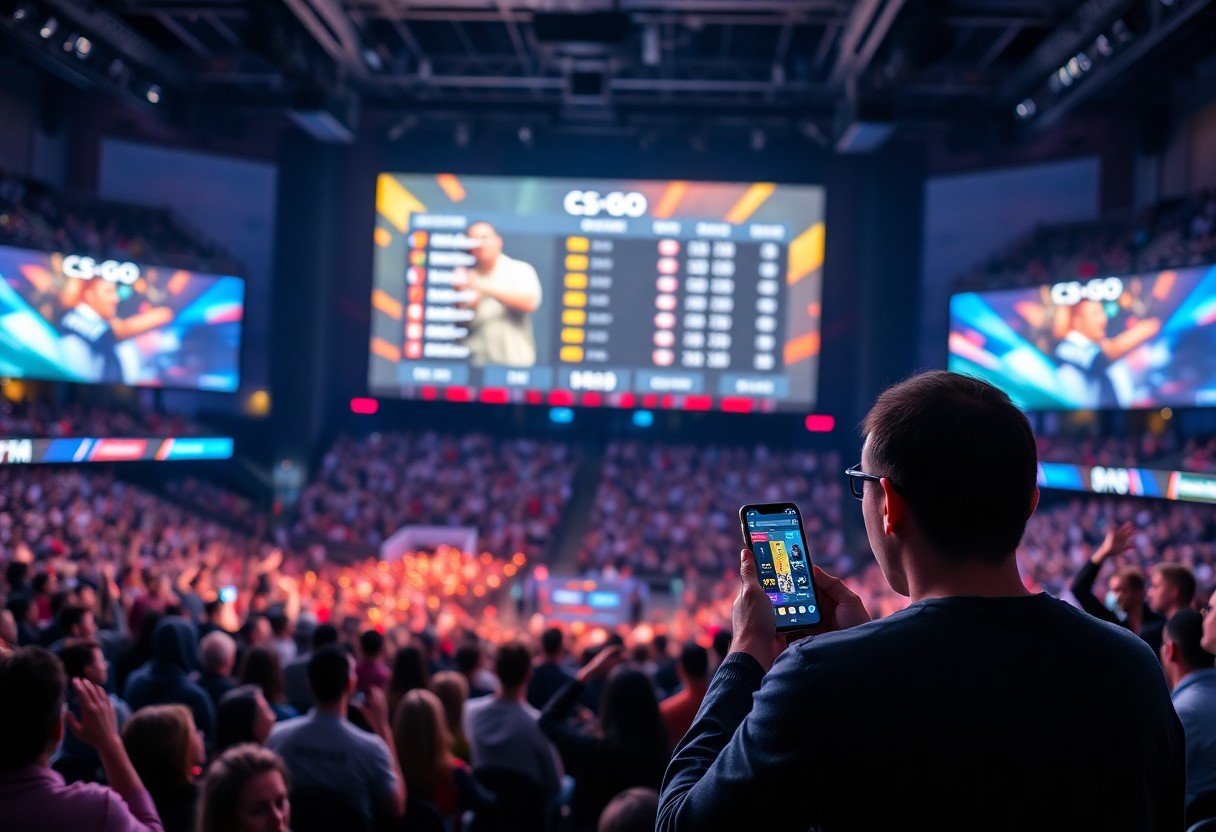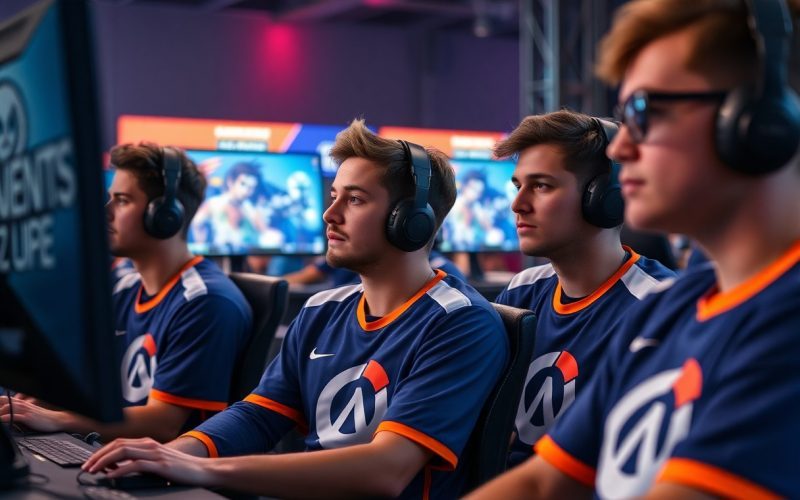Most gaming franchises thrive on the excitement and engagement of their competitive scenes, and Overwatch 2 is no exception. This immensely popular hero shooter, developed by Blizzard Entertainment, has had its share of ups and downs since its launch. While the game initially boasted a promising buzz and dedicated player base, recent data has shown a decline in interest within its tournament circuit. This raises significant questions about the future sustainability of Overwatch 2 and its competitive ecosystem.
The tournament scene for Overwatch 2 has faced various challenges, including a decrease in viewer engagement and a lower number of participating teams. This decline can be attributed to several factors, including game balance issues, a lack of fresh content, and increased competition from other titles that cater to the first-person shooter audience. Players and audiences have been drawn to other games, such as Valorant and Apex Legends, which offer unique mechanics and a more appealing competitive structure. If Overwatch 2 is to thrive, it must address these issues head-on.
One of the foremost challenges facing Overwatch 2 is the perception of balance within the game. Meta shifts, character nerfs, and buffs significantly impact competitive play. The diversity of hero options that made the original Overwatch so appealing has, at times, been overshadowed by frustrations stemming from imbalances. If key heroes dominate the meta, players may find the experience less engaging and opt to look elsewhere for a more balanced competitive environment.
Furthermore, the content pipeline for Overwatch 2 has also had its moments of stagnation. Regular updates are crucial for keeping players invested and excited about the game. However, long gaps between new content releases can lead to player burnout and diminished enthusiasm for competitive events. Blizzard must focus on providing timely and engaging updates to keep the community active and interested in participating in tournaments.
Community engagement plays a vital role in maintaining the health of a competitive scene. As communities grow and evolve, developers must prioritize open communication with players and ensure that feedback channels remain accessible. Regularly hosting events that encourage participation, such as tournaments or community-based challenges, can help reignite interest. These tournaments can showcase team skill while serving as a platform for introducing new content, characters, and gameplay changes.
Another strategy for revitalizing the Overwatch 2 tournament circuit could incorporate cross-promotional activities with other titles within Blizzard’s gaming portfolio. Events that merge different communities could add excitement and intrigue, potentially drawing in audiences that may have turned away. The introduction of collaborative events could generate buzz and create a sense of unity among gamers.
When all is said and done, while Overwatch 2 has faced significant hurdles in maintaining its tournament circuit, it is still possible for the game to recover and thrive. By addressing balance issues, timely content updates, and enhancing community engagement, Blizzard has the opportunity to rebuild the competitive scene. The future of Overwatch 2 relies on fan commitment, developer responsiveness, and a renewed focus on creating an engaging tournament environment.







